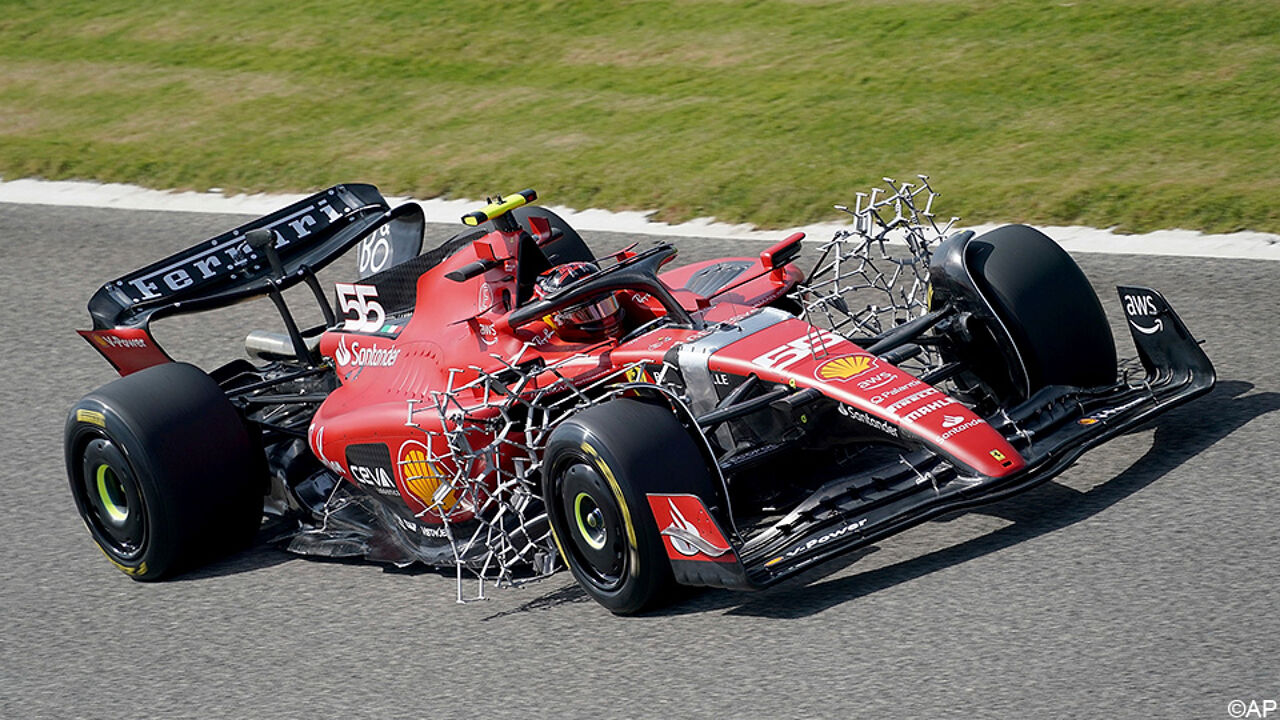The testing days in Bahrain from today until Friday are the unofficial start of the Formula 1 season. It is the long-awaited moment for all racing stables to see if their innovations aren't being done at speed only in computer simulations. But can you, as an outsider, extract something from it too?
1. What are F1 test days?
After a full winter of design, modification and tuning, the ten Formula 1 racing stables have presented their 2024 Formula 1 cars in recent weeks. No matter how nice the cars look, the question remains: Do they perform well on the track too?
Teams can test this over the next three days at the Bahrain International Circuit in the Sakhir Desert, which is also the venue for the first Formula 1 race of the season on March 2.
Are teams not allowed to test freely during the winter? no. To provide a level playing field, testing time in Formula 1 is limited. Racing stables are given 24 hours, spread over 3 days, to collect as much data as possible about their Formula 1 car.
From February 21 to 23, the Bahrain Circuit will be open from 8 am to 5 pm (Belgium time).
Teams may only use one car (and therefore driver) at a time. The two teammates often take turns after the lunch break (from 12 to 1 p.m.), but sometimes the test driver takes action as well.
Related:
2. Why are test days important?
Can something be done about Red Bull's dominance? By tweaking their designs, competitors hope to get closer to three-time world champion Max Verstappen.
The new parts were designed by computer and tested in the wind tunnel, but now they also have to prove their added value on the track.
Through the “air piston”, which is a metal structure equipped with sensors, the aerodynamics of the new car can be tested in Bahrain.
Don't be alarmed if an F1 car with fluorescent paint appears on the track. This is the “Flow Vis” paint, which shows how air flows over the car. Since testing time in the wind tunnel is also limited, this is an important tool.
Furthermore, test days are also important for Formula 1 drivers to get to know the new car. Sitting behind the wheel in a simulator is still different from the real thing.
While engineers collect as much data as possible, test days represent an excellent opportunity for mechanics to practice pit stops.
3. Can we infer anything from the testing days?
For the past three years, Red Bull has set the fastest times on test days. Max Verstappen has been world champion for the past three years. Can we then deliver the world title in Bahrain?
It's not that simple, because the chronometer doesn't tell us everything during the test days. Sure, the racing stables will set some fast laps, but you can't place the world rankings with that.
It is impossible to know how much fuel Formula 1 cars use on the track. The lighter the car, the faster it goes. Moreover, the teams in Bahrain dare to rub shoulders with each other: they will not always show the true potential of their car.
Also, the number of rounds is not always a good indicator of value ratios. AlphaTauri – which raced this season as RB – was the most active last year with 456 laps, but finished only eighth in the Constructors' Championship.
However, the mileage on the odometer says something about its reliability. McLaren struggled with its car last year and completed only 312 laps in Bahrain. It was a harbinger of a disappointing start to the season for Lando Norris and Oscar Piastri.
Conclusion: You can't attach too many conclusions to test days, but estimates can be made about who did their homework.
Related:
2024

“Subtly charming internet specialist. Avid writer. Friendly alcohol guru. Music ninja. Devoted social media fanatic.”






More Stories
Hein Vanhaezebrouck drops bombshell over Nicky Hein’s position at Club Brugge – Football News
Anderlecht leaves Dortmund and PSV orphaned
Primoz Roglic suffered a broken lower back in a fall on the tour: ‘I’ll take time to recover’